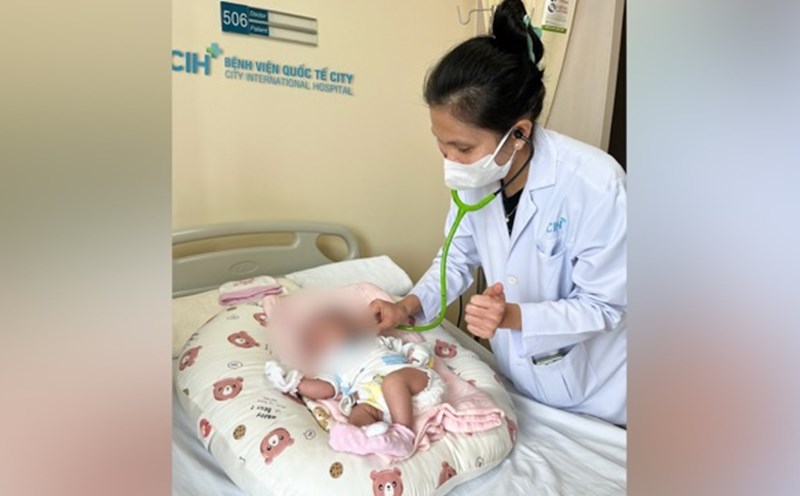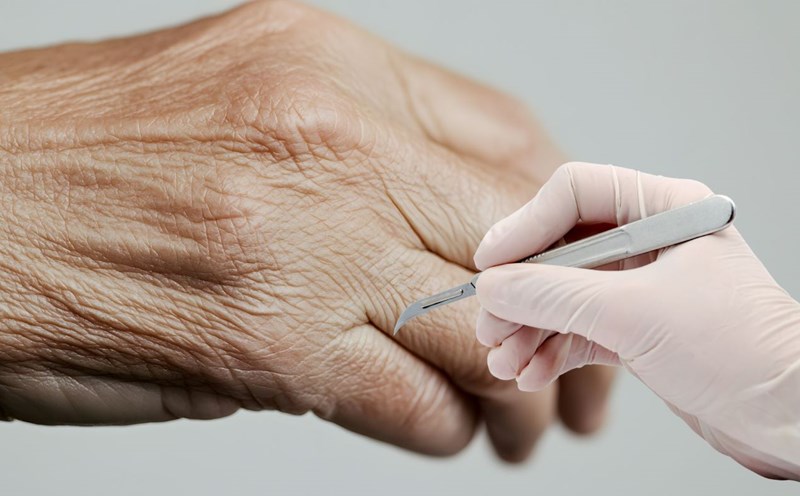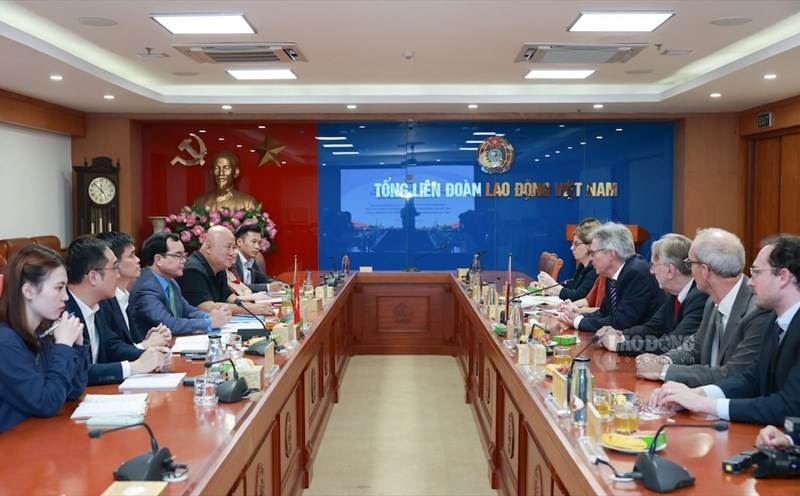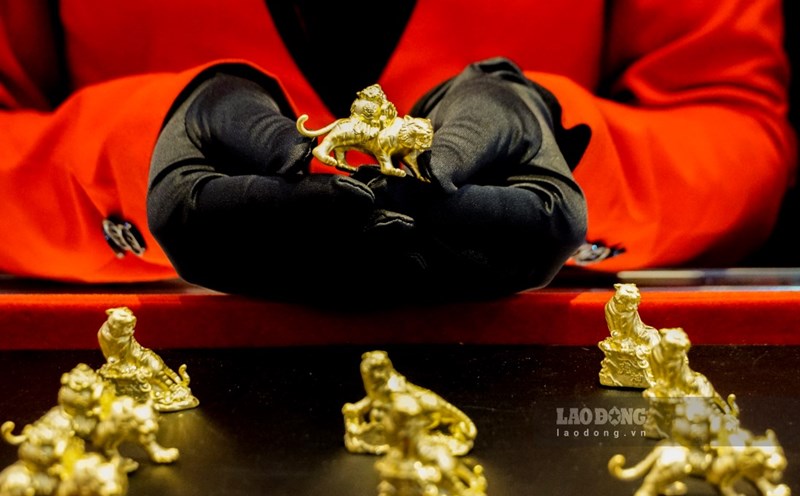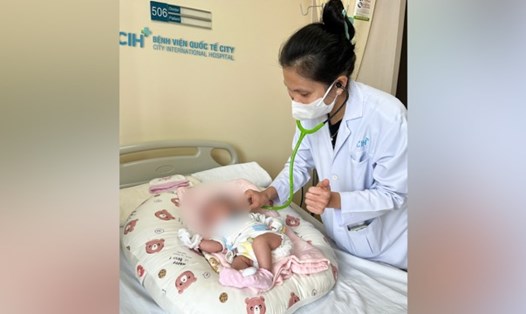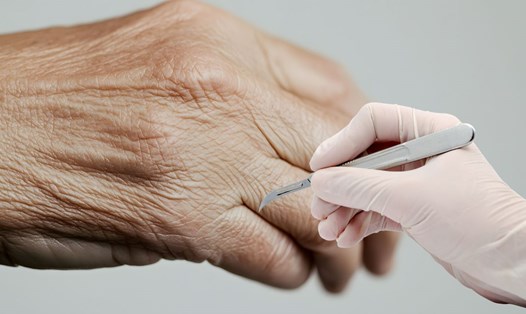According to medical records, on October 17, Cho Ray Hospital received information from Tu Du Hospital about the case of female patient V.T.B (42 years old, living in Dak Lak) who had cardiac arrest twice during surgery for medical treatment. During the waiting period, the Tu Du Hospital team made active efforts to revive the patient's heart and help the patient's heart beat again.
At the same time, immediately, the team of the Department of Cardiology, Cho Ray Hospital was also present at Tu Du Hospital, to assess the patient's condition and initially diagnose a severe heart attack, requiring emergency circulatory support. The patient was quickly maintained with minimal blood pressure, placed in the endotracheal tube, on a ventilator... and transferred to Cho Ray Hospital in critical condition.
At the Cardiovascular Resuscitation Department of Cho Ray Hospital, the patient was recorded as having a severe heart shock, with a very high enzyme in the heart. The results of a normal coronary chupement, an ultrasound of the heart showed immobility, increased floor dynamics, and a decrease in blood flow rate of only about 33%, a typical form of Takotsubo heart disease, a form of stress-related myocardial disease, which is easily mistaken for acute myocardial infarction and can progress rapidly, leading to acute circulatory failure.
Faced with the critical situation, the team of the Cardiovascular Department held an emergency consultation with the Interventional Cardiology Department and the Emergency Department of Cho Ray Hospital, and decided to activate the process of supporting the cardiopulmonary outside the body 24/7, placing an oxidation system through the peripheral vessels of the veins and arteries, creating a " window" for the heart muscle to recover.
Along with that is a comprehensive resuscitation strategy: blood dynamic control, lung ventilation, antibiotics according to recommendations and multi-organ support. Thanks to good response to active treatment, blood pressure and heart function gradually stabilized. Patients are trained to gradually reduce the motor support and stop the cardiopulmonary support system outside the body.
The results of an ultrasound in bed showed that the heart's contractility increased to 38% immediately after stopping the support, and continued to improve in the following days. Currently, after 10 days of treatment, the patient has had his endotracheal tube removed and oxygen breathing through the canula, his vital signs are stable, and vital signs have recovered well.
Associate Professor, Dr. Hoang Van Sy - Head of the Department of Cardiology, Cho Ray Hospital said that this was a case of Takotsubo heart disease with very serious and sudden progress. Drugs used in traditional cardiopulmonary resuscitation such as vasopressors are contraindicated in this case. Therefore, it can be said that the key to the success of the treatment case is partly due to the timely inter-hospital coordination between the two hospitals.
Regarding this rare "broken heart" syndrome, Dr. Hoang Van Sy said that Takotsubo myocardial disease can kick off after stressful conditions both physically and mentally, especially in patients who have to undergo major surgery.
However, less than 10% of Takotsubo myocardial diseases lead to acute circulatory failure. Therefore, this is a very rare clinical case, early identification, proper resuscitation, decision to perform and stop the cardiopulmonary support system outside the body at the right time also play an important role, deciding the success of the case.


